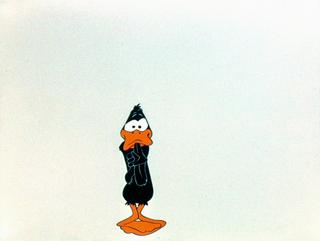- Joined
- Sep 3, 2018
- Messages
- 34
- Reaction score
- 5
I was reading another thread about this, but I also didn't want to derail the thread and ask my question:
"I am saying a thing." She did something. "I am saying another thing."
vs.
"I am saying something." She said as she did a thing. "I say more things."
In the example, I actually think the second one sounds better, but I have found myself, in a number of places in my writings, just ripping out the dialogue tag.
Is there a best practice around using action as a dialogue tag? And if there is, why?
"I am saying a thing." She did something. "I am saying another thing."
vs.
"I am saying something." She said as she did a thing. "I say more things."
In the example, I actually think the second one sounds better, but I have found myself, in a number of places in my writings, just ripping out the dialogue tag.
Is there a best practice around using action as a dialogue tag? And if there is, why?


